The Emergence of 8K: A New Era in TV Resolution. In a world where 4K TVs have become the norm, the buzz around 8K TVs is growing. But what does this leap in technology really mean for the average viewer? Is the jump from 4K to 8K worth your attention and, more importantly, your investment?
Understanding 8K: A Resolution Revolution
8K resolution offers a visual experience that’s markedly sharper than its predecessors. With a staggering 7,680 by 4,320 pixels, it boasts four times the resolution of 4K and a whopping sixteen times that of 1080p. This translates into an image so detailed that individual pixels become indiscernible to the naked eye at a standard viewing distance.

However, the true benefit of 8K resolution is contingent on various factors, including screen size and viewer distance. While an 8K display is technically superior, the perceptible difference may not be as dramatic as the transition from 1080p to 4K.
I for one, find this comparison a bit dishonest. Going to 8K won’t give you more of a picture and the lower resolutions like 4K or HD, just more resolution. You are not cropping out parts of the picture by sticking with a lower resolution.

Navigating the 8K Landscape: What You Need for the Full Experience
Embracing 8K isn’t just about the TV. It demands an ecosystem capable of supporting its high bandwidth requirements. This includes HDMI 2.1 connectivity, which supports up to 48Gbps, allowing for the transmission of uncompressed 8K content at 60 frames per second. Consequently, consumers may need to upgrade their cables and ensure their devices are HDMI 2.1 compliant.
The Current State of 8K TVs: To Buy or Not to Buy?
The market currently offers a range of 8K TVs, from Samsung’s premium QN900C to more affordable options like TCL’s 6-Series. However, the adoption of 8K has been tepid, with major manufacturers scaling back their 8K offerings. Coupled with the high cost of these TVs, the question arises: is now the right time to invest in 8K?

Content Conundrum: The Challenge of 8K Programming
A significant hurdle for 8K adoption is the lack of native content. Currently, no major streaming service offers 8K content, and even 4K programming is limited in traditional broadcast formats. While some platforms like YouTube support 8K, mainstream availability of 8K content remains a distant prospect.
Funny, the Canon EOS R5C 8K Camera is not Netflix approved for content yet.

8K gaming, too, is in its infancy. Despite the technical capabilities of the PlayStation 5 and Xbox Series X, consistent 8K gaming is not yet a reality.
The Future of 8K: A Waiting Game
The journey towards widespread 8K adoption is ongoing, with no clear timeline. While the technology offers a leap in resolution, the lack of content and the necessary infrastructure upgrades make it an option primarily for tech enthusiasts and early adopters.

While 8K TVs herald a new age in television technology, their practical value remains limited for the average consumer. As the industry evolves and more 8K content becomes available, this may change. For now, it seems wise to appreciate the wonders of 4K and watch how the 8K story unfolds.
The Uncertain Path of 8K TVs in a 4K Dominated World
Lets consider the Impact of 8K TVs at IFA Berlin Amidst Evolving Technology and Environmental Regulations.
In the high-stakes world of television technology, the journey of 8K TVs remains a topic of intense debate and speculation. As Samsung boldly champions this ultra-high-definition format at IFA Berlin, the industry grapples with the challenges of scarce 8K content and shifting market dynamics.

Despite escaping the clutches of the European Union’s stringent energy-efficiency mandates, 8K TVs confront formidable hurdles, transcending geographical boundaries. IFA’s showcase vividly illustrated the struggle for 8K’s relevance. Companies promoting 8K grappled with the reality of limited new content for these displays, while competitors prioritized 4K resolutions or pivoted towards themes of efficiency and sustainability – attributes currently elusive to 8K technology.
The EU’s regulatory crosshairs zeroed in on the power-hungry nature of 8K TVs in new regulations. With a dazzling resolution of 7,680-by-4,320 pixels, these sets consume significantly more electricity than their 4K counterparts. The revised “ecodesign” requirements now subject 8K displays to the same energy efficiency metrics as 4K models. An 85-inch 8K TV, for instance, could draw upwards of 169 watts, raising alarms about their sustainability.
Manufacturers, however, have found a clever workaround. The EU rules assess TVs based on their default settings, allowing other modes if users are notified about higher power consumption. This loophole enabled Samsung to unveil its 98-inch Neo QLED 8K TV at IFA, a spectacle of vibrant colors and imposing size, even as the company professed its commitment to sustainability.
In practice, these 8K models, when switched from EU-compliant settings, lose their energy-efficient edge. A demonstration revealed that engaging the “Energy Saving Solution” significantly dimmed the display, impacting visual quality. Reverting this setting triggered a warning about increased power consumption, underscoring the efficiency trade-off.
Yet, even with these workarounds, 8K sets fall short on the EU’s energy efficiency scale, with Samsung’s 8K models receiving a G rating, indicating lower efficiency compared to many of its 4K units.
The elusive nature of 8K content was palpable at the exhibit. Last year’s unique offering of the 8K TV series “Das Boot” on Samsung TV Plus app in the EU remains unmatched. This scarcity leaves vendors touting the ability of 8K TVs to upscale lower-resolution content and showcasing niche applications like gaming and viewing NFTs in 8K.
Hisense, another major player in the 8K arena, echoed Samsung’s challenges, offering no new narrative on 8K content. With picture quality indistinguishable from 4K on large screens and steep pricing, consumers are left questioning the value proposition of 8K.
Other industry giants like TCL and LG have shifted focus, with TCL sidelining 8K in favor of 4K, and LG emphasizing sustainability in its IFA exhibit, further highlighting the industry’s pivot away from 8K technology.
The shrinking forecast for 8K TV shipments, as reported by the Consumer Technology Association, reflects this changing landscape. While an optimistic estimate in January 2021 predicted 1.7 million sets shipped in 2022, the revised July 2023 forecast shows a stark decline to 166,000 units, with only modest growth expected in subsequent years.
Analysts like Maria Rua Aguete from Omdia and Paul Gray conclude that 8K TV has yet to captivate consumers, forecasting a limited niche market. The emerging consensus suggests that the future of 8K TVs, while not extinguished, faces a challenging path ahead, as the industry and consumers alike navigate the evolving landscape of television technology.

























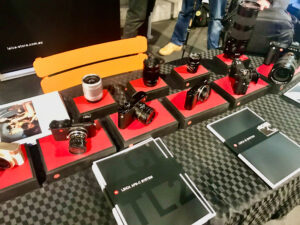





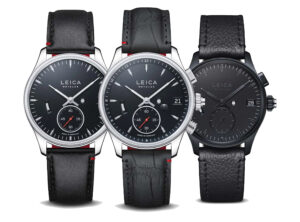


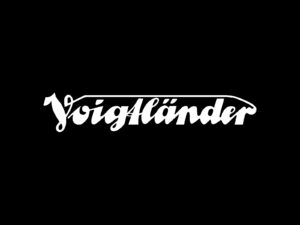
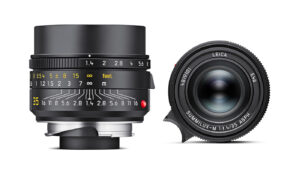

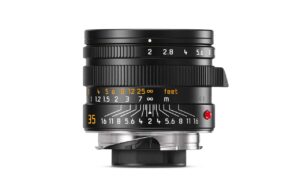
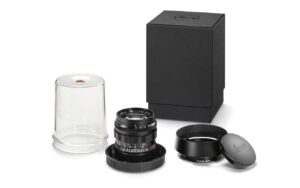
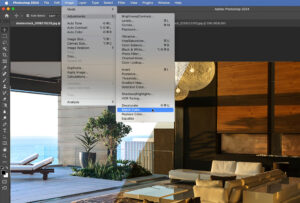
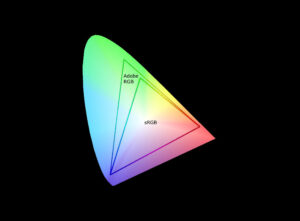






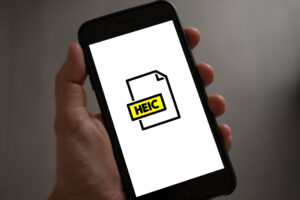
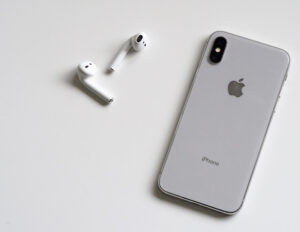









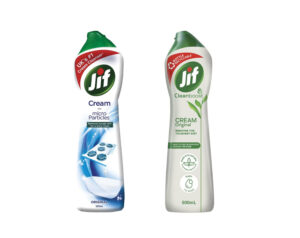

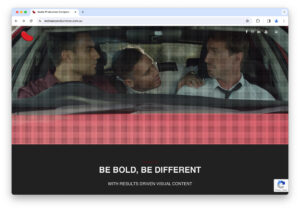
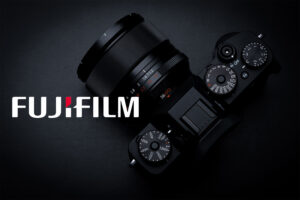


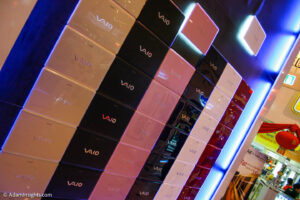





One Response
8K when 4K isn’t even streaming flawlessly. We have networks bandwidth steering, 4k UHD streams even when paying for 1gig service. Some ISP’s just cannot handle 1000 homes in one neighborhood. The consistency isn’t there. Buffering is consistent, not always stopping playback but that grainy texture until it catches up happens way to often. Cable boxes, you’re lucky to get 1080i on all channels.
With that said 8K hardware is amazing! My QN900B is a treat to watch. So much so that no 4k TV I’ve sat and watched compares. Maybe the color is a hair better or the blacks just a little deeper. They’re still missing that extra detail. Samsung’s 85″ QN900B and the current Gen C are glorious to watch. The upscaling is some of the best. Some really low quality stuff can be hit or miss but overall having lived with this TV for over 6 months nothing compares. You get used to seeing the detail, brighter image and amazing colors and 4K TV’s just don’t cut it.